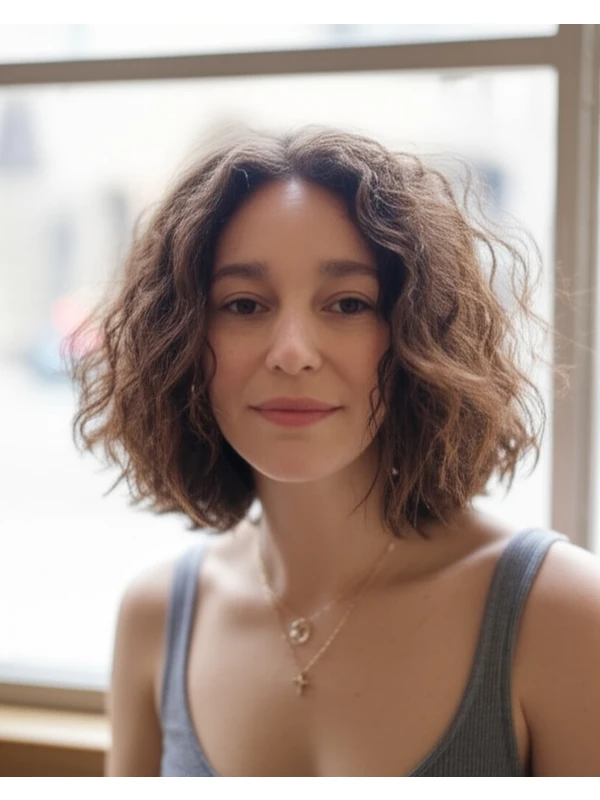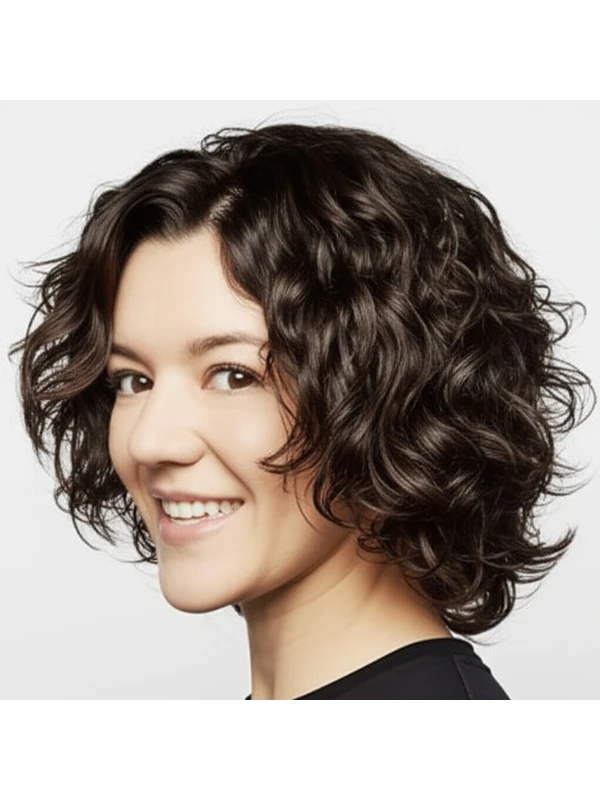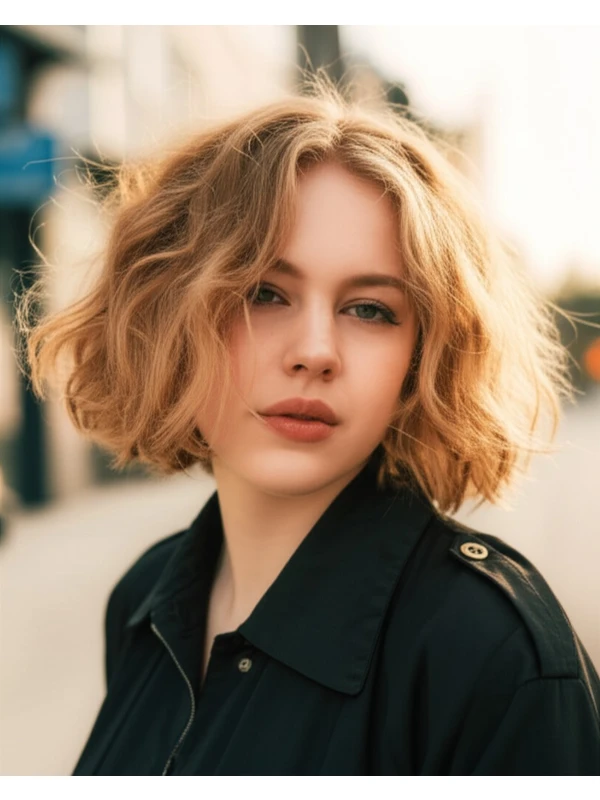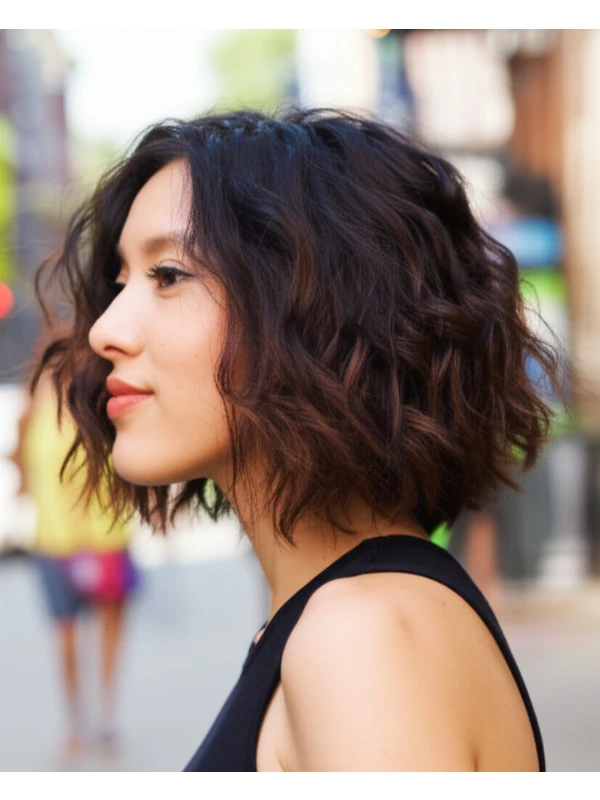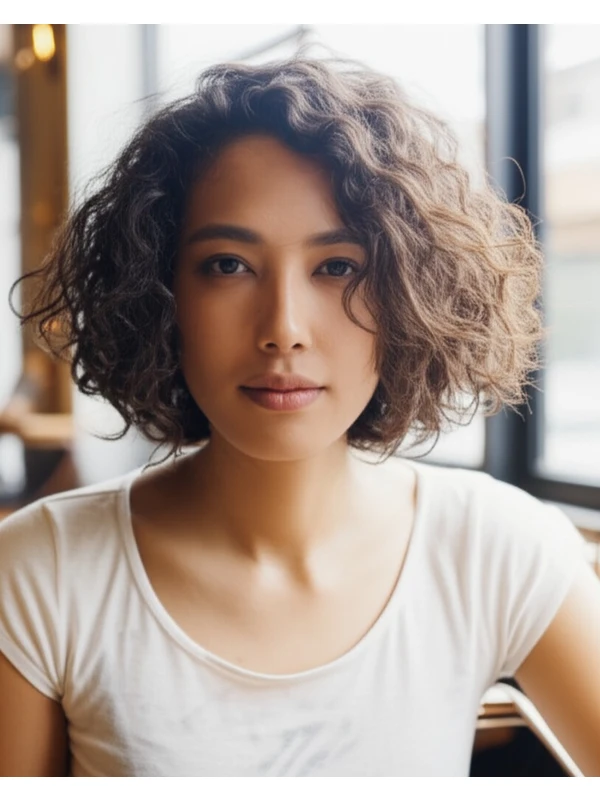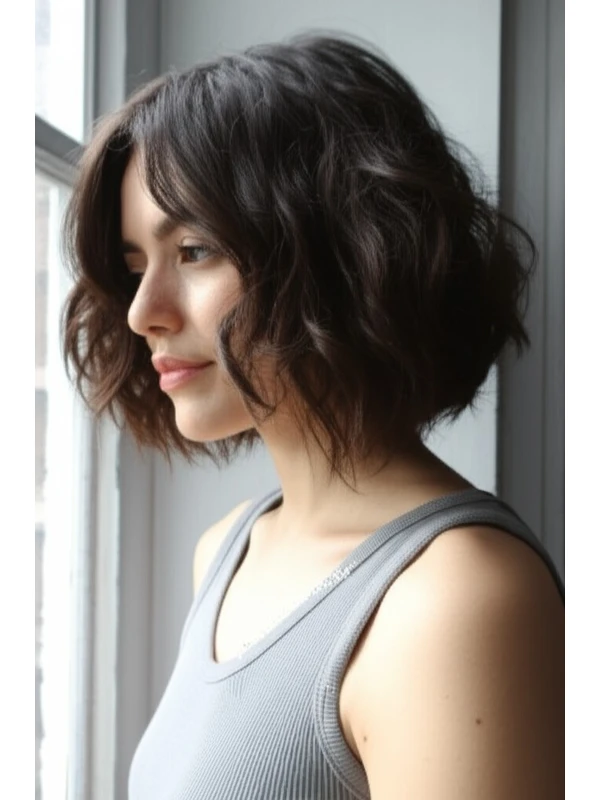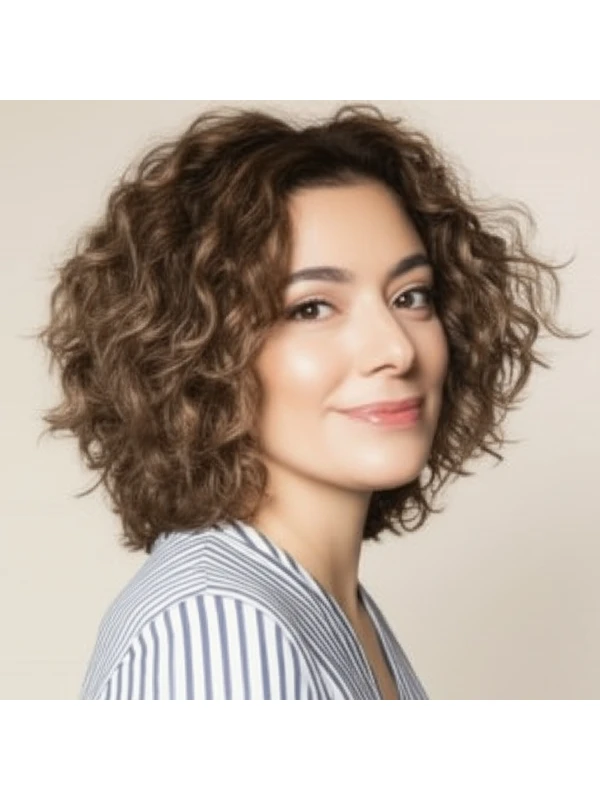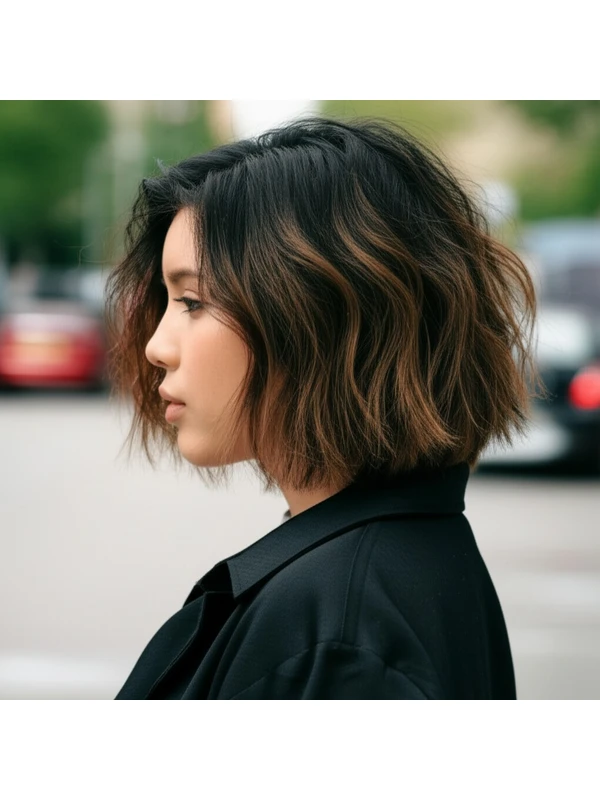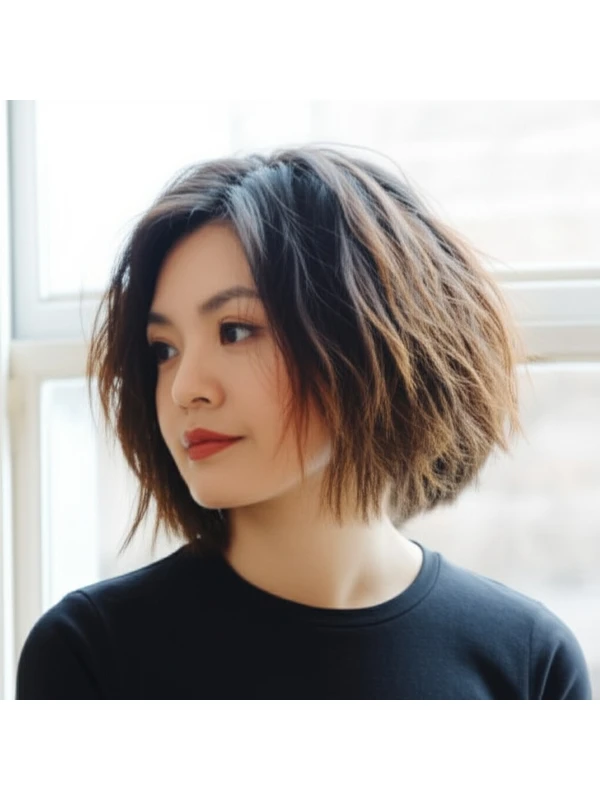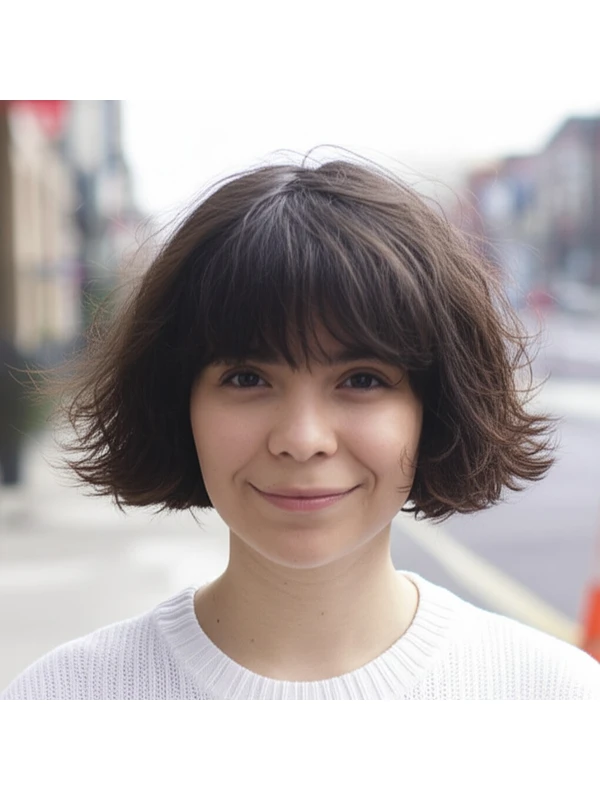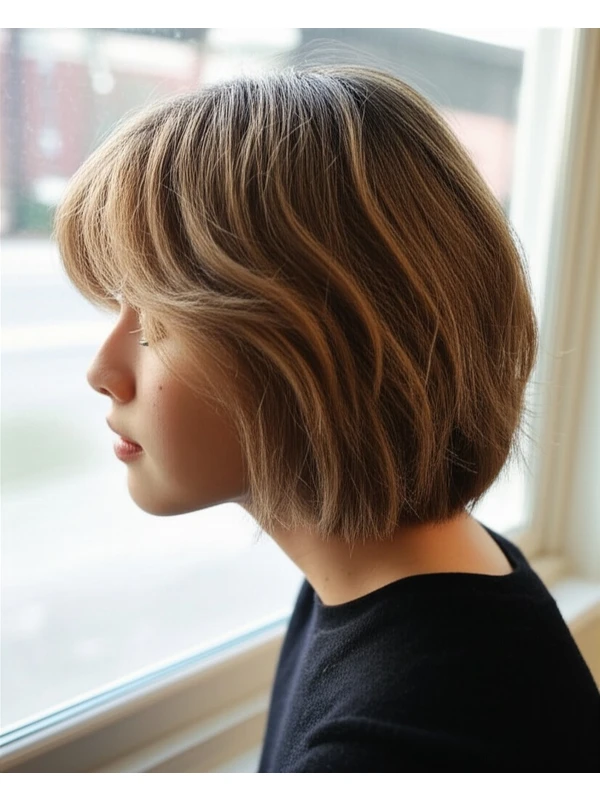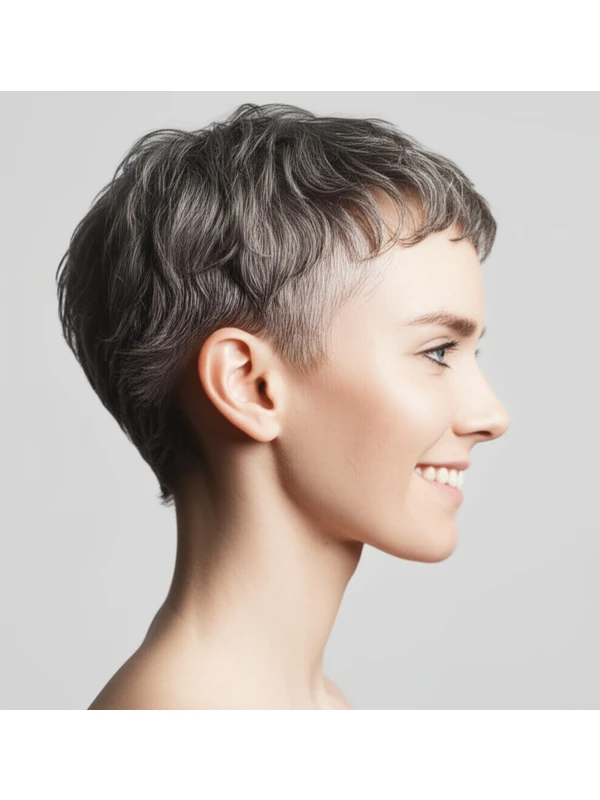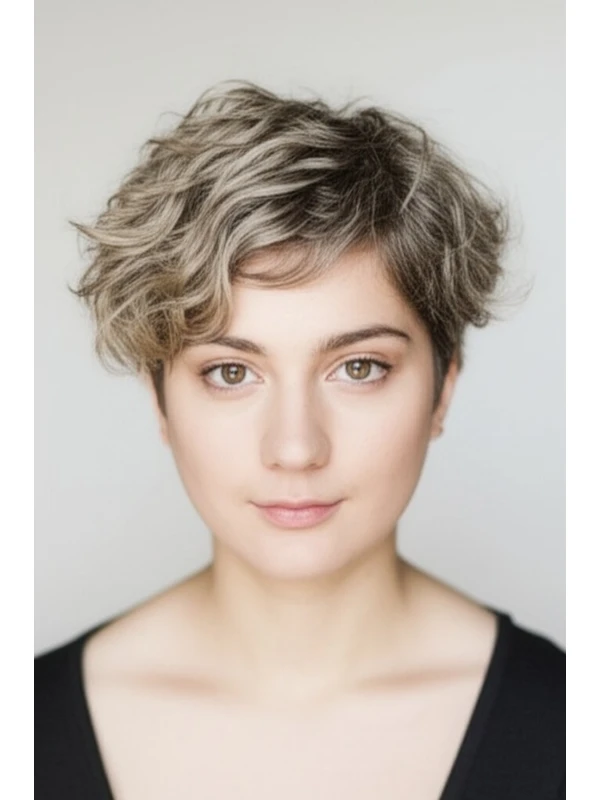#The Rezo Cut: A Modern Classic for Every Face & Hair Type
The rezo cut is having a moment – and for good reason! It's a versatile style that can look effortlessly chic on almost anyone. But what is it, exactly? Let’s break down everything you need to know about this increasingly popular haircut.
#1) Background & Definition: Understanding the Geometry
The "rezo" cut (short for “rezoning”) isn't a specific length or shape; instead, it's an approach to cutting hair that focuses on creating layers and movement through strategic sections – zones – of varying lengths. Think of it as building a haircut in blocks, rather than simply thinning out the ends.
Key Features:
- Layered Structure: The defining element is distinct layering throughout the hair. These layers aren’t always uniform; they can be blended or more defined depending on desired effect.
- Face-Framing Focus: Rezo cuts often emphasize face-framing layers to soften features and highlight bone structure.
- Movement & Volume: The layered approach encourages natural movement and adds volume, especially around the crown.
- Adaptable Lengths: This cut can be adapted for a wide range of lengths, from collarbone-length bobs to long, flowing styles.
Typical Length Ranges: Shoulder length or longer is most common, but shorter versions are possible with careful planning.
Alternative Names: You might also hear it called a "zoned haircut," a “layered block cut,” or simply a “modern layered cut.” The terminology can vary by salon.
#2) Face Shape Fit: Finding Your Perfect Angle
The beauty of the rezo cut is its adaptability, but understanding how different variations work with your face shape is key.
- Oval: Lucky you! An oval face suits almost any variation of the rezo cut. Play with layers around the cheekbones and jawline to enhance natural symmetry. A side-swept fringe can add softness.
- Round: Soft, long layers that start below the chin will help elongate a round face. Avoid blunt cuts or too much volume at the sides. A longer, wispy fringe (curtain bangs) is flattering.
- Square: Rezo cuts with soft, rounded layers around the jawline soften angular features. Side-swept bangs are excellent for balancing a strong forehead. Avoid harsh, geometric layering.
- Heart: Layers that begin at or below the chin will balance a wider forehead and pointed chin. Face-framing layers can draw attention to your eyes. A soft, blended fringe works well.
- Diamond: Layers around the cheekbones soften diamond shapes and highlight the eyes. Side parts are generally more flattering than center parts. Consider a textured fringe to break up angles.
- Oblong (Long): Layers that create width at the sides will help balance length. Avoid styles with too much height on top, as this can elongate the face further. A full, blunt-ish fringe can shorten an oblong face.
#3) Body Proportions & Height Guidance: Tailoring to Your Silhouette
The rezo cut isn't just about your face; it should complement your overall body shape and size.
- Petite: Shorter rezo cuts (collarbone length or slightly longer) with minimal volume on top prevent the hair from overwhelming a smaller frame.
- Average Height: Most lengths work well! Experiment with different layer placements to find what suits you best.
- Tall: Longer, more dramatic layers add visual interest and balance height. Consider face-framing that angles downwards to elongate further.
- Narrow Shoulders: Layers around the shoulders create the illusion of broader shoulders. Volume at the crown adds width.
- Broad Shoulders: Avoid excessive volume at the shoulder line, as this can accentuate broadness. Opt for layers that blend seamlessly into the overall shape.
- Short Neck: Medium to long lengths are generally more flattering than very short cuts, which can emphasize a shorter neck. Layers around the face soften the look.
- Long Neck: Shorter rezo cuts with volume on top create the illusion of a shorter neck.
#4) Works Best With Hair Types & Densities: A Cut for Everyone (Almost!)
The rezo cut’s versatility shines when considering hair type and density.
- Straight Hair: Layers pop beautifully, creating movement and definition.
- Wavy Hair: The layers enhance natural waves, adding bounce and texture. Be mindful of over-layering which can create frizz.
- Curly & Coily Hair: Rezo cuts work well to remove bulk and define curl patterns. Crucially, factor in shrinkage! What looks like a long cut on dry hair will appear much shorter when wet. Communicate your desired length clearly with your stylist.
- Fine Hair: Layers add the illusion of volume, but avoid too many short layers which can make fine hair look even thinner.
- Medium Hair: The rezo cut is ideal for medium density hair – it enhances natural texture and creates balanced movement.
- Thick Hair: Layers are essential to remove weight and create shape in thick hair.
Density Tip: If you have very dense hair, your stylist may need to use point cutting techniques to soften the layers and prevent a blunt look.
#5) Styling Variations: From Sleek to Textured
The rezo cut is a blank canvas for styling!
- Sleek vs. Textured: A smoothing serum creates a sleek finish; texturizing spray or sea salt spray adds definition and movement.
- Middle vs. Side Part: A side part generally softens features, while a center part can create symmetry.
- Fringe Variations: Curtain bangs, wispy fringes, blunt bangs – the possibilities are endless! Consider your face shape and personal style when choosing a fringe.
- Occasion Styling: For casual days, air-dry with a texturizing product. For the office, try a sleek blow-out using a round brush. For evening events, add waves or curls with a curling iron or hot rollers.
#6) Maintenance: Keeping Your Shape Sharp
- Trim Cadence: Every 6-8 weeks to maintain shape and prevent split ends.
- At-Home Routine: Regular deep conditioning treatments are vital, especially for dry or damaged hair.
- Heat vs. Air-Dry: Minimize heat styling whenever possible. When using heat tools, always apply a heat protectant.
- Product Checklist:
- Shampoo & Conditioner (suited to your hair type)
- Leave-in conditioner (especially for dry or curly/coily hair)
- Heat Protectant (if using hot tools)
- Styling Cream or Mousse (for texture and volume)
- Finishing Serum or Oil (to smooth frizz and add shine)
- Estimated Daily Styling Time: 15-30 minutes, depending on desired style.
#7) Grow-Out Roadmap: Evolving Your Look
- Months 1-3: The layers are most defined, creating a noticeable shape.
- Months 3-6: Layers start to blend together as hair grows out. Regular trims maintain the overall shape and prevent it from looking overgrown.
- Maintaining Shape: Ask your stylist to "dust" the ends between full cuts – trimming just a small amount to remove split ends and keep the layers looking fresh.
#8) Color Pairings: Enhancing Dimension & Depth
- Cool Undertones (ash blonde, cool brown): Balayage or highlights in cooler tones enhance the dimensional effect of the layers.
- Warm Undertones (golden blonde, warm brown): Caramel highlights and golden undertones create a sun-kissed look.
- Low-Commitment Options: Root smudging or shadow roots blend seamlessly with your natural color and require less frequent touch-ups.
#9) Season & Occasion Guide: Adapting Your Style
- Spring/Summer: Embrace air-dried texture and lighter styling products for a breezy, effortless look.
- Fall/Winter: Add warmth with richer tones and more structured styles.
- Work: Sleek blowouts or low ponytails keep things professional.
- Weddings & Parties: Soft waves or curls add glamour and elegance.
#10) Cost & Time: What to Expect at the Salon
- Salon Time: Typically 1.5 - 2.5 hours, depending on hair length, density, and desired styling.
- Estimated Price Range: Slightly above average haircut cost; expect a range of moderately priced to premium pricing based on stylist experience and location.
#11) Pros & Cons: Weighing the Trade-offs
Pros:
- Highly versatile – adaptable for various face shapes, hair types, and styles.
- Adds volume and movement.
- Can be customized to suit individual preferences.
- Modern and flattering look.
Cons:
- Requires regular trims to maintain shape.
- Layered cuts can sometimes make fine hair appear thinner if not executed correctly.
- Styling time might increase slightly depending on desired style.
#12) Salon Consultation Script: Your Questions, Answered
Here are some prompts you can use when discussing a rezo cut with your stylist:
- "I'm interested in a rezo cut – could you explain how it would work with my face shape?"
- “Can we focus on layers that soften my [jawline/forehead/etc.]?”
- "What length do you recommend considering my hair texture and shrinkage (if applicable)?"
- "I'd like to add a fringe – what style would be most flattering for me?"
- "How much time will it take to style this cut daily, and what products will I need?"
FAQs:
- Is the rezo cut suitable for all hair lengths? While possible at shorter lengths, it’s generally best suited for shoulder-length or longer hair.
- Will a rezo cut make my hair look thinner? Not necessarily! However, careful layering is crucial for fine hair to avoid this effect.
- How different is a rezo cut from traditional layers? The zoned approach creates more defined sections and movement compared to traditional layered cuts.
- Can I still wear my hair up with a rezo cut? Absolutely! Layers add volume and texture, making updos look even more dynamic.
- What if I change my mind about the layers after the cut? It takes time for layers to grow out – communicate your concerns early so adjustments can be made during styling.
- Do I need special tools or techniques at home to maintain this style? Not necessarily, but a round brush and blow dryer can help achieve a polished look. A diffuser is essential for curly/coily hair.

